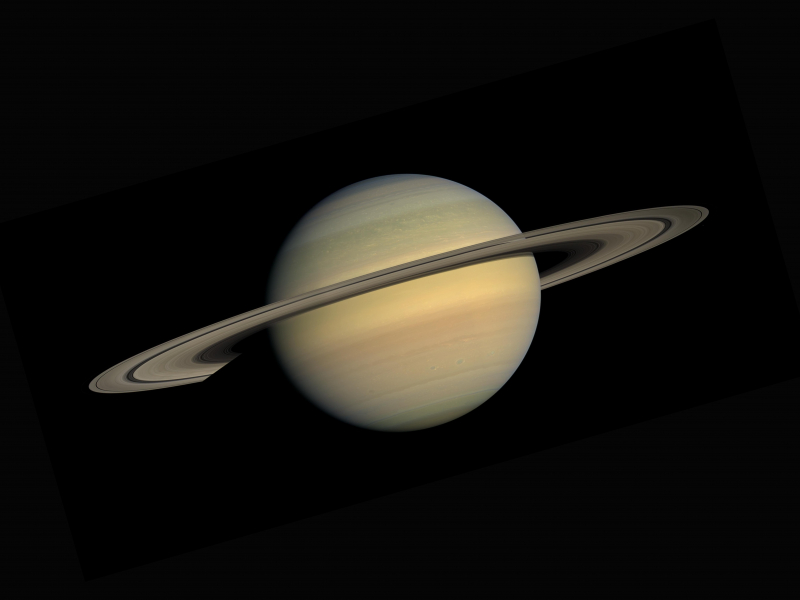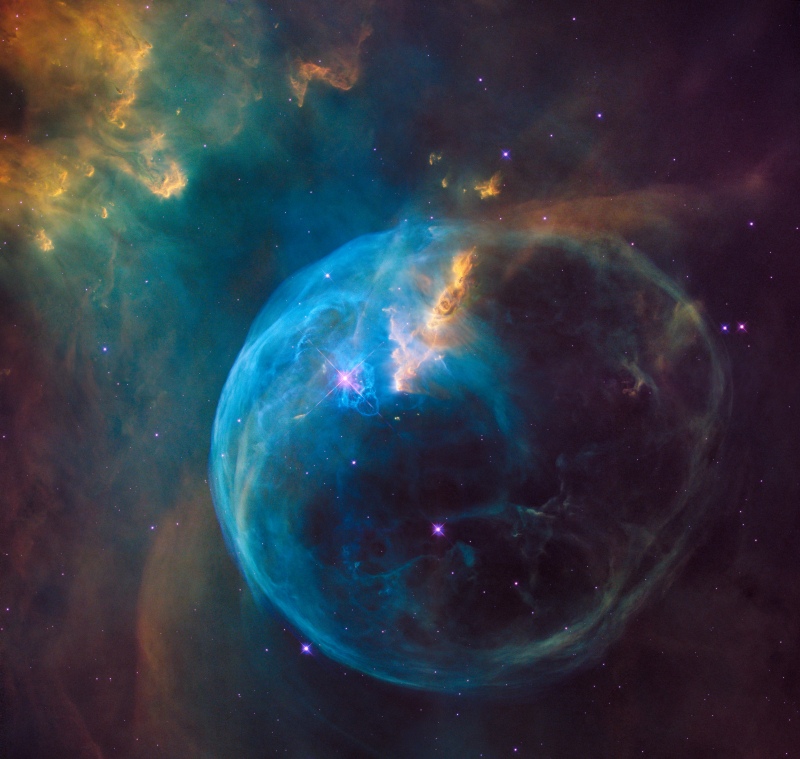The Circumtriple Planet

Binary planets, which revolve around two stars, are well known. It turns out that this is rather typical: Almost 40% of stars are thought to be in binary systems. There is the original Star Wars, which has the recognizable scene with the two suns, if nothing else. But a planet that revolves around three stars? Would something like that be feasible? With so many opposing forces at play, it is impossible for a satellite to stay in orbit. But precisely that is what the GW Orionis System, which is found near the center of the Orion Constellation, does.
The first circumtriple planets were detected in 2018, according to Jeremy Smallwood of the University of Nevada, Las Vegas, 1,300 lightyears away. The fact that the planets in this triptych are gas planets rather than stony ones, which you'd expect would be more susceptible to being destroyed by conflicting forces, is particularly surprising. The gaseous spheres are kept intact and revolving on their merry, unusually complex course by an abundance of solar winds in the GW Orionis system, which is nearly two and a half times the size of Pluto's orbit around the Sun.











